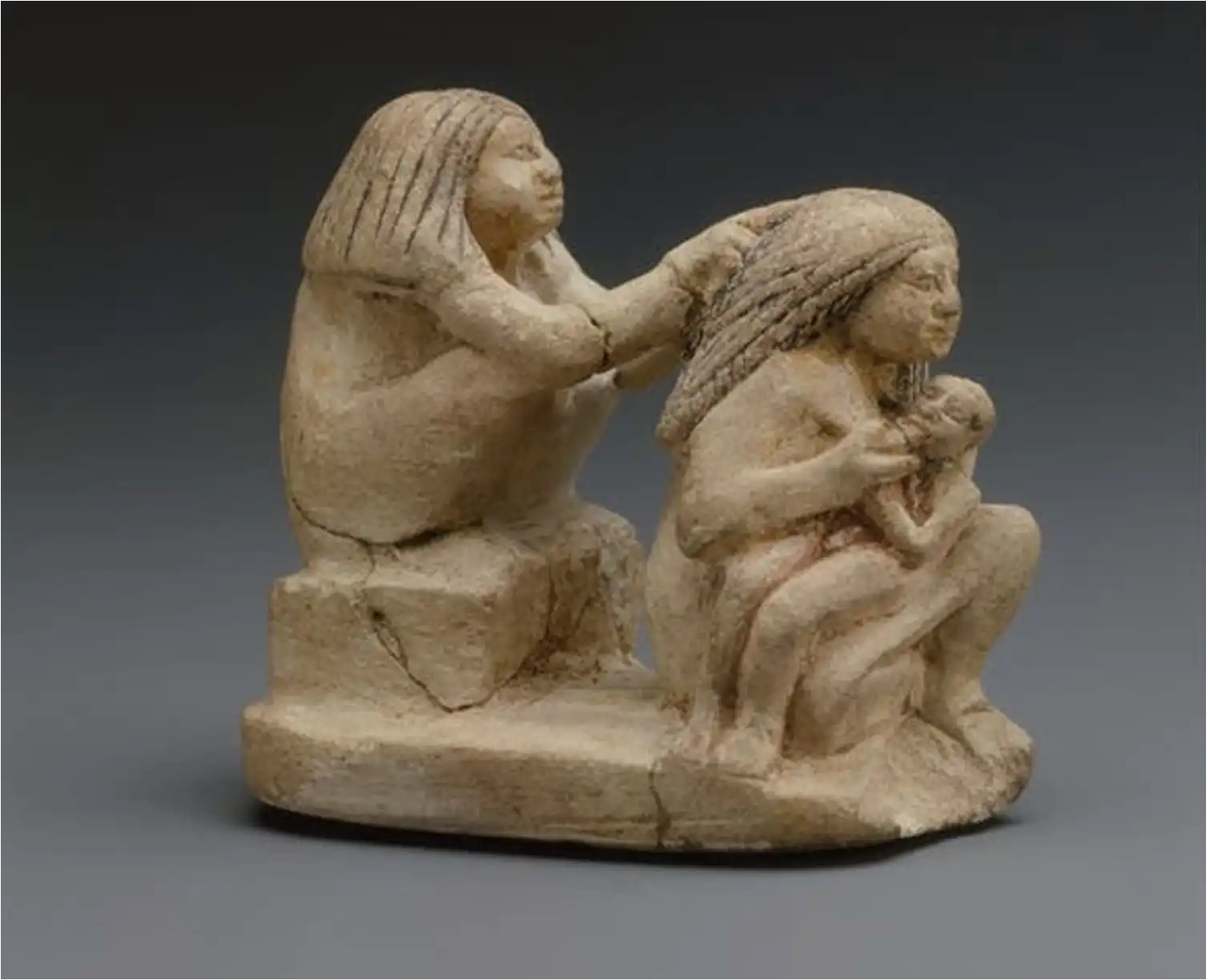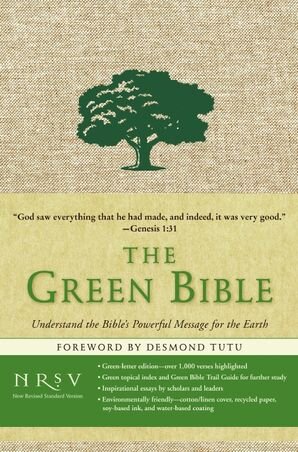“…[T]his is an example of how Masorah magna notes might be used in elucidation of biblical text problems.”
Read MoreOn Time, Change, History, and Conversion
It is time for us to open up the study of temporality in antiquity, recognizing the need not just for a more properly cross-traditional and interdisciplinary encounter with the topic of time, but even more so for a full cataloguing of the cultural and material contours in which certain questions surrounding time came to be posed in the first place.
Read MoreBook Note I Growing Up in Ancient Israel: Children in Material Culture and Biblical Texts
Mishnah, Midrash, and How to Read Tannaitic Literature
“What is the conception of Torah that allows for the creation of such an expansive legal system that is detached from the Bible?”
Read MoreMake Your Own Magical Papyrus
“To give students a feel for the materiality of ancient magic, I decided this year to walk them through the process of making a magical papyrus using materials similar to those used in antiquity.”
Read More‘Parchment-Packages’ in The Jewish Jesus Class: Pedagogical Practices in the Digital Age
“Since so much of my own interest in the ancient world has been fostered by encounters with various forms of material culture, I wanted to ensure that even though my students would be taking this class virtually, they would still have tangible materials to see, touch, feel, and even smell.”
Read MoreIncantation Bowls and Embodied Knowledge
“It was important to me that my students see incantation bowls as more than symbols, or even just textual incantations, but as a real form of knowledge embodied in relationships between human subjects, divine beings, and material objects.”
Read MoreAncient Muses and Student Poets: Storytelling in Verse
Late antique poets – with their penchant for storytelling and dramatization – offered students plenty of examples to emulate.
Read MoreThinking Materially: Making Ostraca in the Classroom
“I took this as an opportunity to think with my students about writing as a physical enterprise and text as material artifact. To accomplish this, I decided I would have my students make their own ostraca (sg. ostracon), or small sherds of inscribed pottery, in class."
Read MorePedagogy | Teaching Archive Trouble
Where do we get the texts that we have? Is the archive a neutral record of the past? How does the archive serve a quest for knowledge of the past? How does it interact with time, identity, and the social world?
Read MoreMateriality of Death and Afterlife: Visit to Local Cemetery
Teaching a course on a topic like “Death and Afterlife” offers a unique opportunity to engage with students. While in other courses students may feel intimidated for lacking content expertise, typically everyone has some experience with death and mourning.
Read MoreMoodle Midrash
By asking the students to reflect critically on their own interpretations, they gained a much sharper awareness of the perspectives of their own questions: what are the different stakes that are present in the text, for different readers? What did it mean to read is a “scholar,” and what did it mean to read as a “believer?” What were the locations where those stakes overlapped, and what did that tell us about the enterprise’s entire construction?
Read MoreThe Meme Bible
James Walters shares his assignment for “memeing” the Bible.
Read MoreBook Note | When Christians Were Jews
Paula Fredriksen’s newest book attempts a difficult feat: to understand the first generation of Jesus followers, despite having to do so with an eclectic smattering of passionately biased evidence that also happens to have been cherished as sacred text by almost two thousand years of interpreters.
Read MoreDissertation Spotlight | Christianizing Knowledge
There are several ways to think about the rise of Christianity. I have chosen to tell this story in this manner because I think that it helps to elucidate a number of fascinating shifts in late antiquity, and some of the shifts that I detail continue to reverberate today.
Read MoreBook Note | The World Between Empires: Art and Identity in the Ancient Middle East
The curators of the exhibit and authors of this catalogue resist the urge to classify objects by these two great empires (“Roman” or “Parthian”) and, instead shift the focus to the local vicinity they reflect.
Read MoreTrees and Text: A Material Ecocritical Exploration of Gen. 2:4b–3:24 in The Green Bible
While these two analytical approaches are ostensibly discrete they represent two modes of inquiry that are unique to material ecocritical discourse: ‘matter in text’ and ‘matter as text’, respectively. This approach places trees at the center of my study; narrated trees are the focus of my textual analysis of Gen. 2:4b–3:24 and real-world trees are the primary natural material from which the text of the Green Bible is manufactured.
Read MoreReligious Studies and Rabbinics
An exemplary conference volume for scholars of rabbinics, religious studies, and all those curious about these fields of study.
Read MoreBook Note | Votive Body Parts in Greek and Roman Religion
As some of the most numerous, widespread, and striking objects associated with the practice of religion in the ancient world, anatomical votives have appeared in many studies of the classical and late antique Mediterranean.
Read MoreUsing the Digital Syriac Corpus for Online Syriac Instruction
Have you found your Syriac course suddenly converted to an online course? If so, the Digital Syriac Corpus is here to help!
Read More




![Nikos Engonopoulos, Poet and Muse (1938) [Wikimedia].](https://images.squarespace-cdn.com/content/v1/5449167fe4b078c86b41f810/1597960393283-09LT3VT2ANQA9M5BXHYV/1024px-Poet_and_Muse.jpg)





![Panel from an ivory dyptich of Rufius Probianus, who was vicarius urbis Romae around 400 CE. [Berlin, Staatsbibliothek Ms. theol. lat. fol. 323, Buchkasten].](https://images.squarespace-cdn.com/content/v1/5449167fe4b078c86b41f810/1592842801661-0Y732O4NHSY6BA17T4WU/Unknown.jpeg)
![Aedicula for Aglibol and Malakbel (236 CE) [Image courtesy of the author].](https://images.squarespace-cdn.com/content/v1/5449167fe4b078c86b41f810/1592830757350-KEIXL26MN5K4SZBJU9ER/aedicula-palmyrene-wbe.jpg)


![Roman Votive Offering [Wikimedia Commons]](https://images.squarespace-cdn.com/content/v1/5449167fe4b078c86b41f810/1591881576993-7PMZKLLNAKQZ8CYMIP83/Three_Roman_votive_offering_representing_faces_Wellcome_L0036388.jpg)